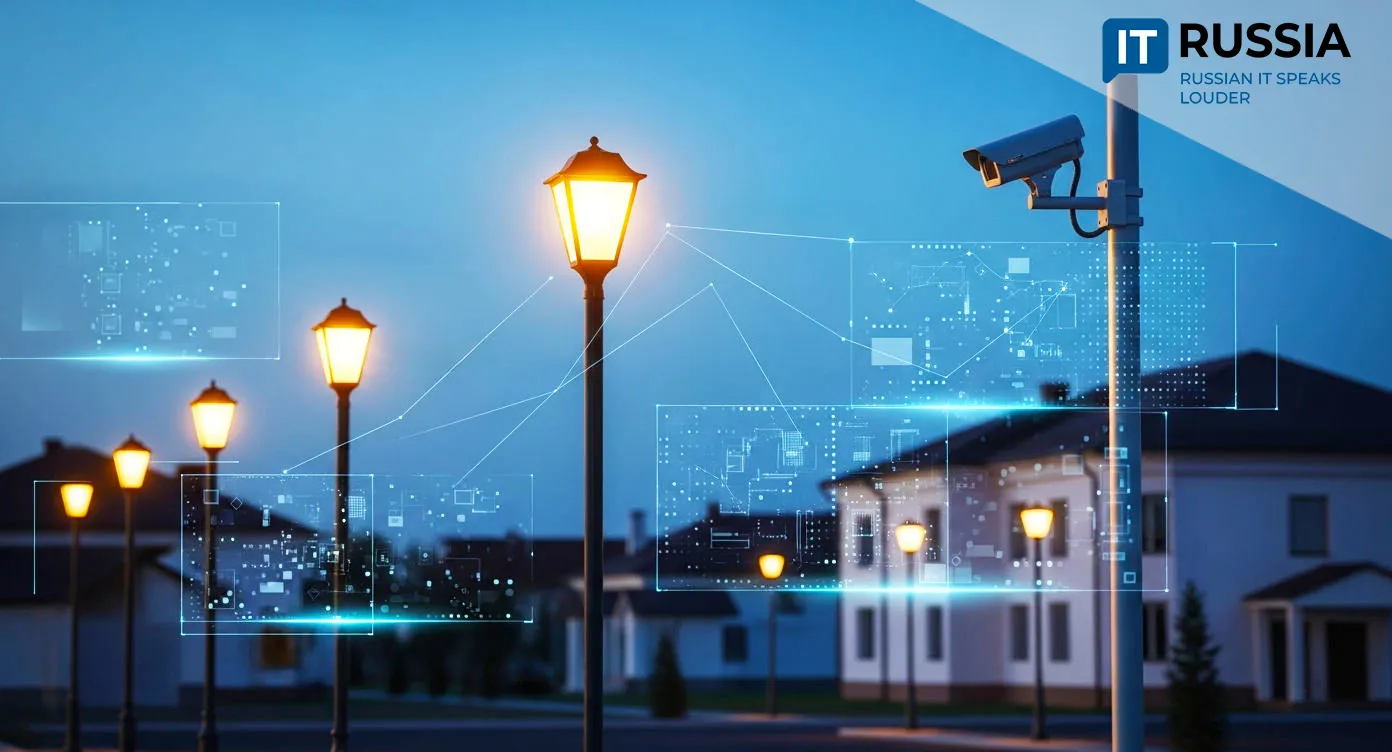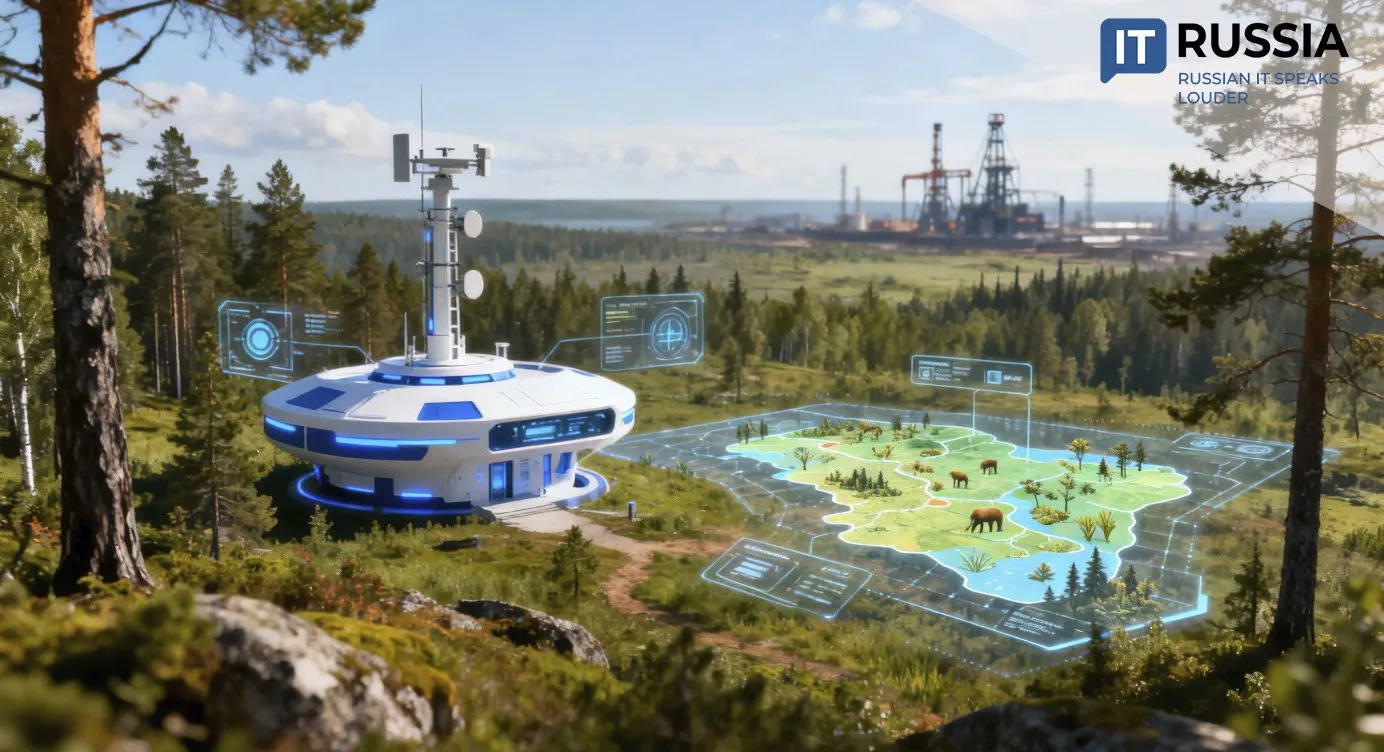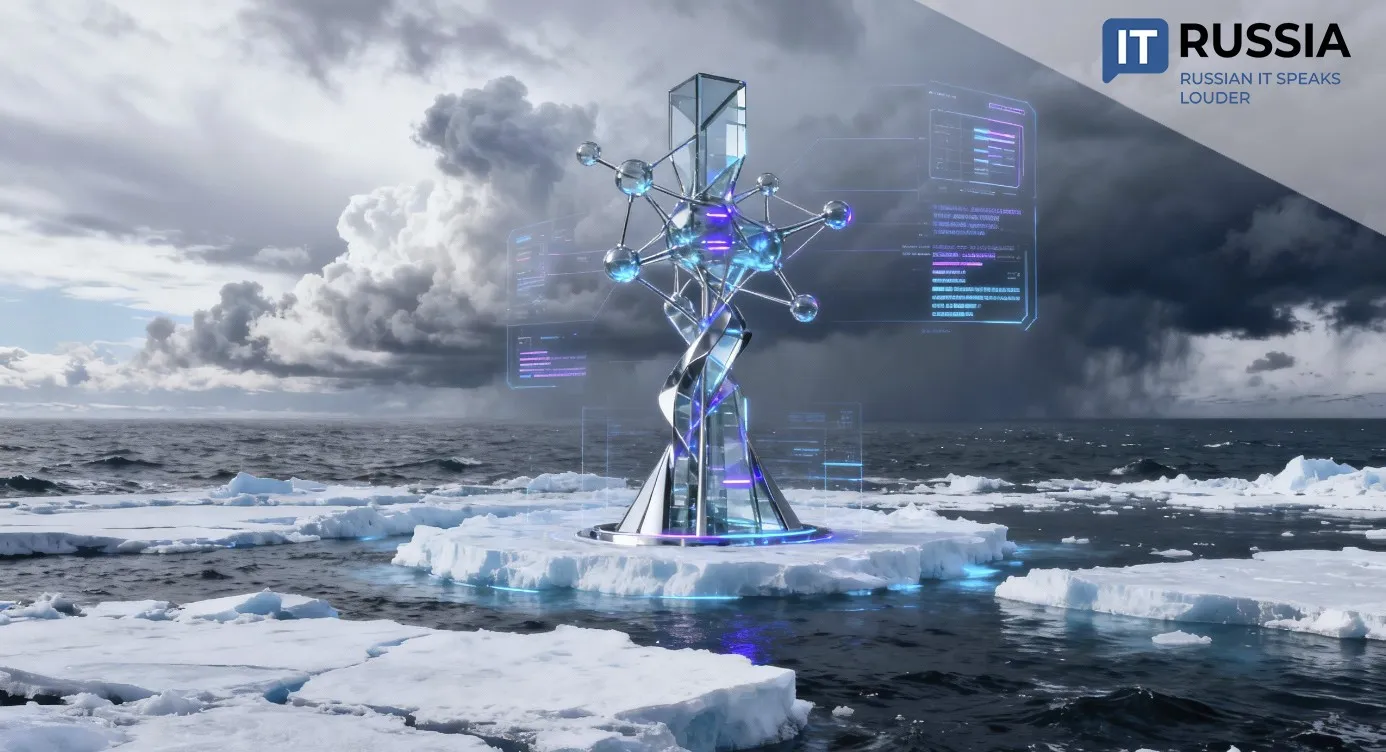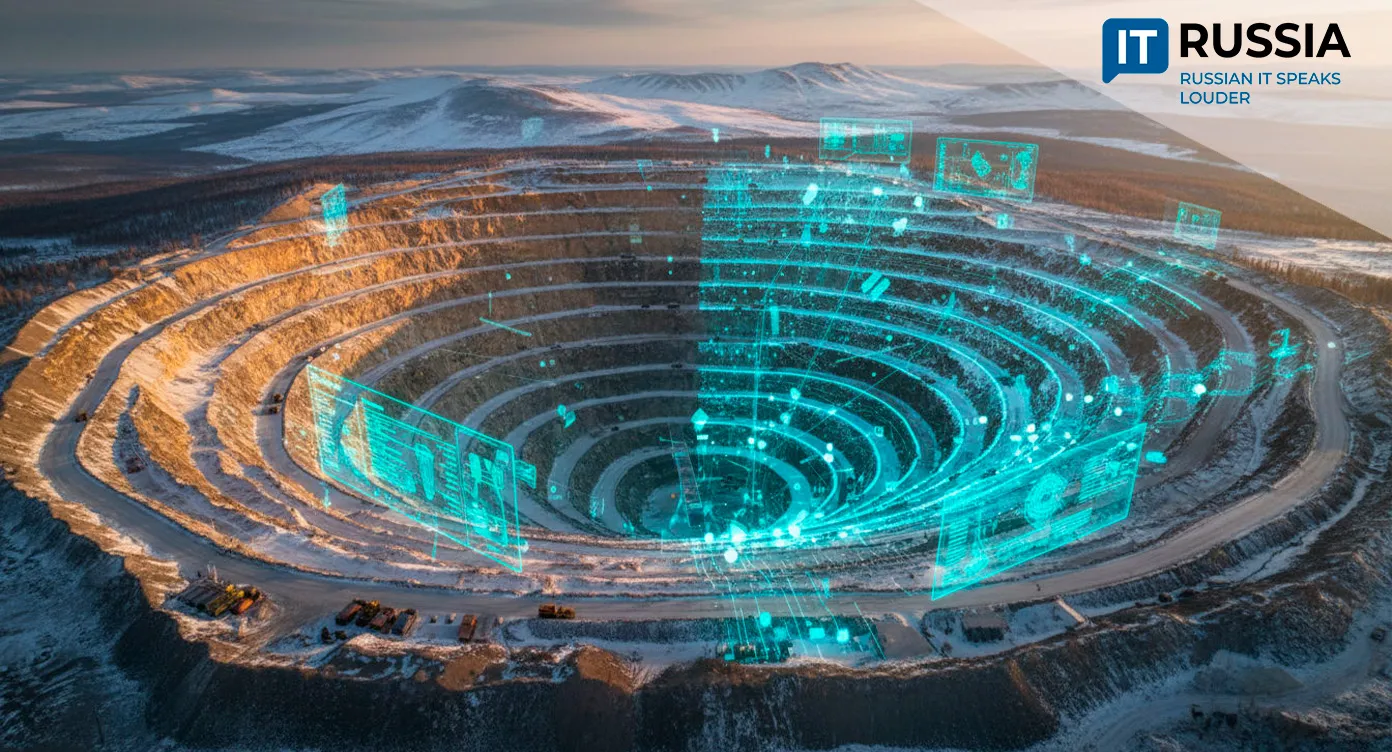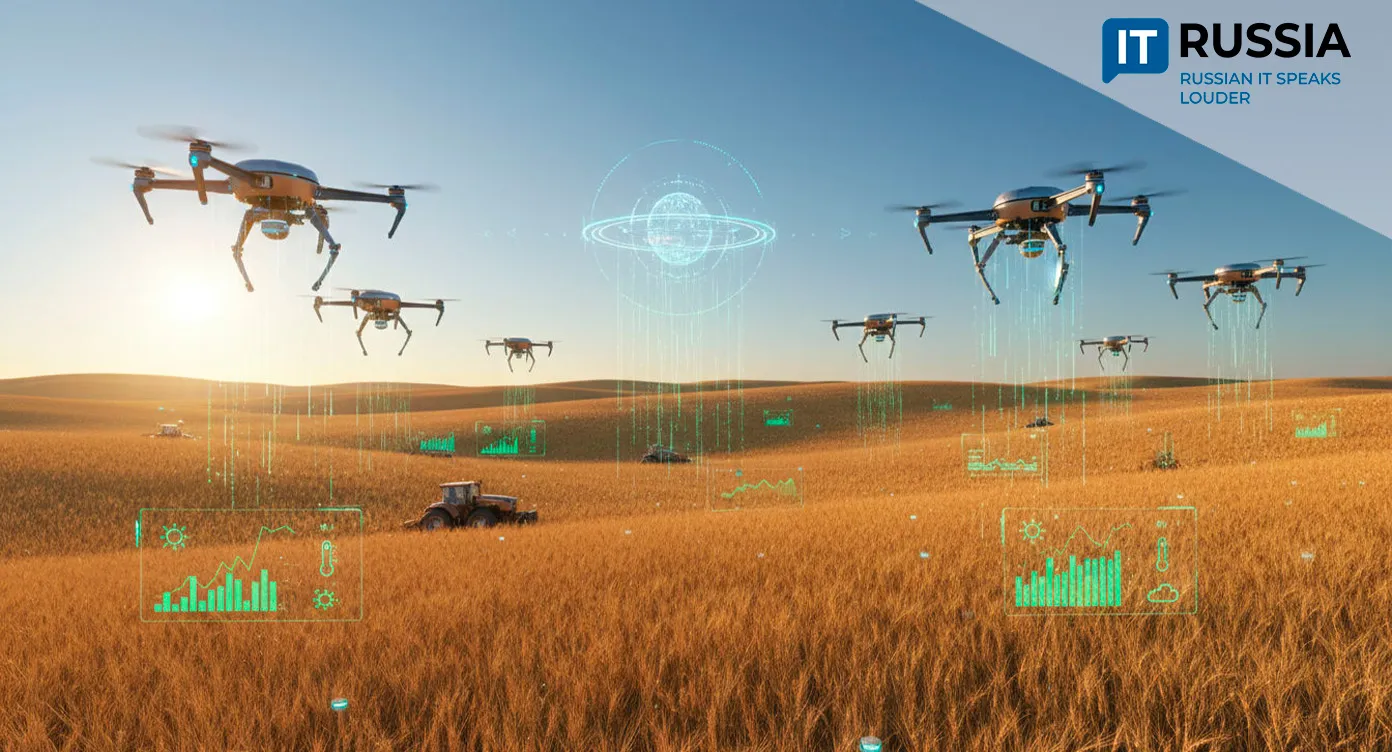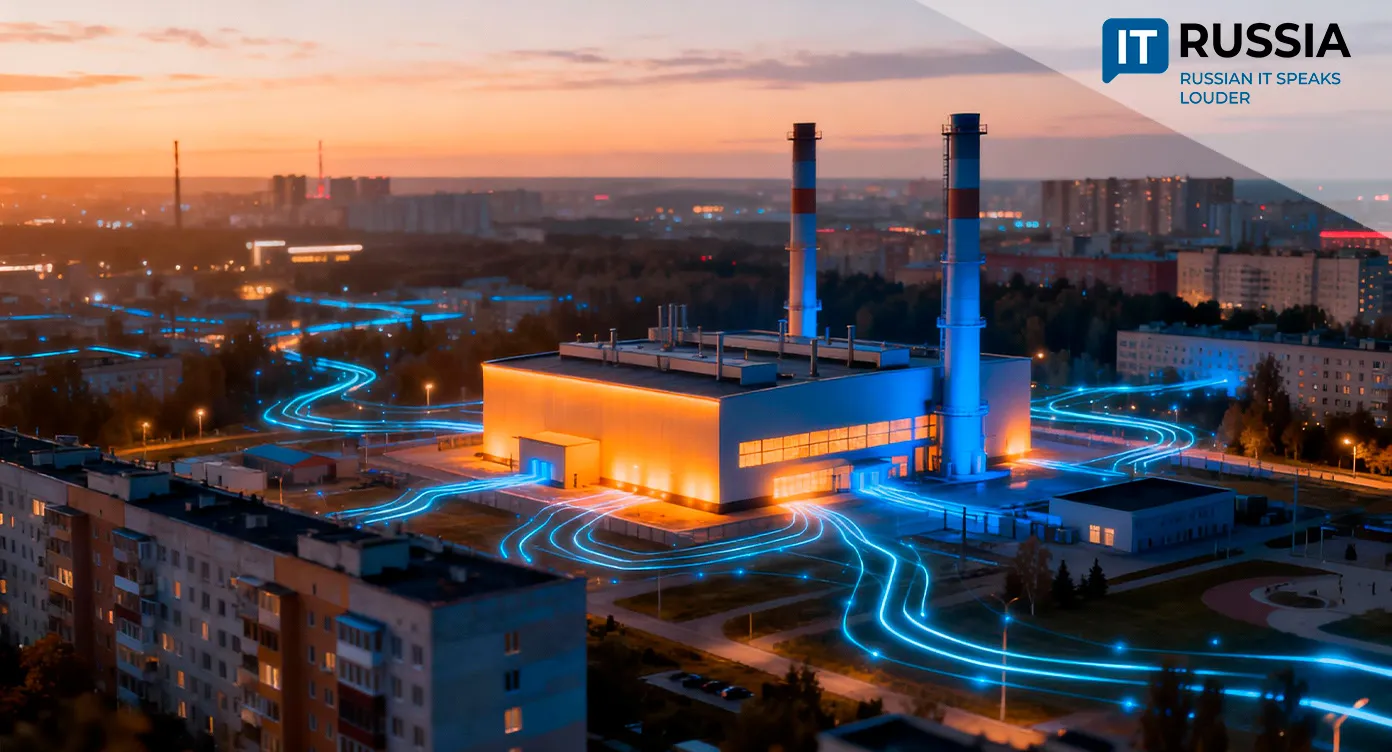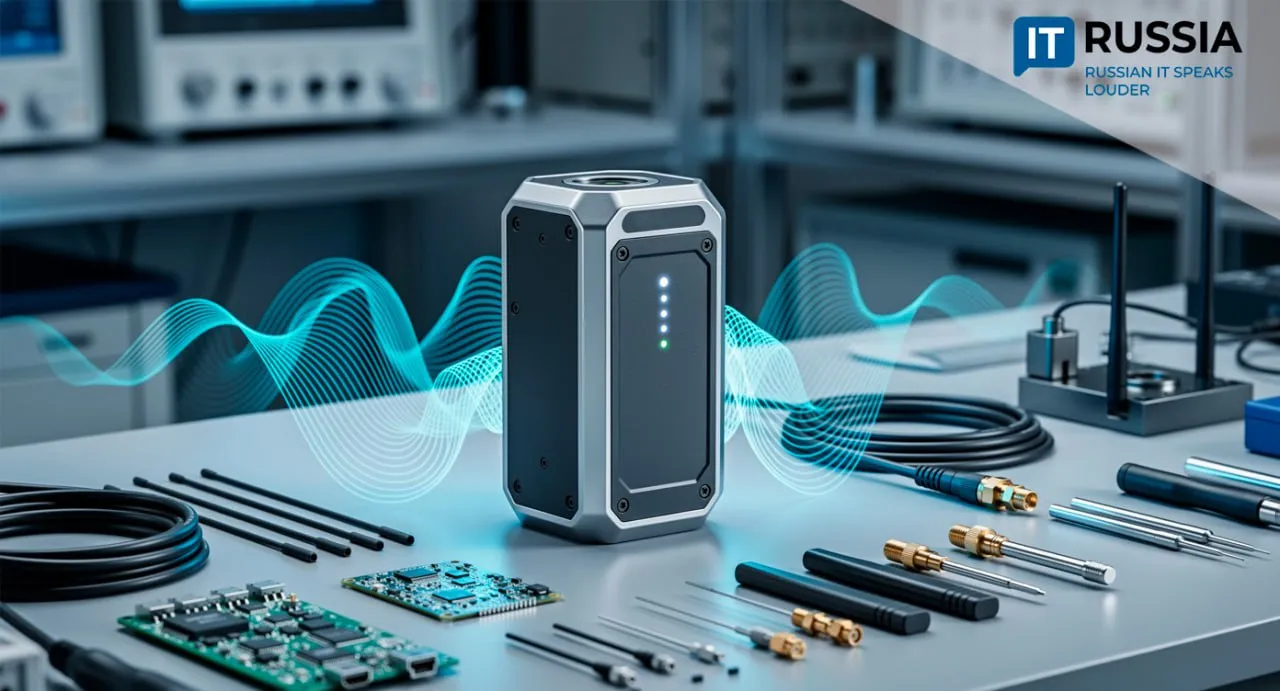Baikal Breakthrough: Quantum Tech, Drones, and IT Unlock Russia’s Geothermal Potential
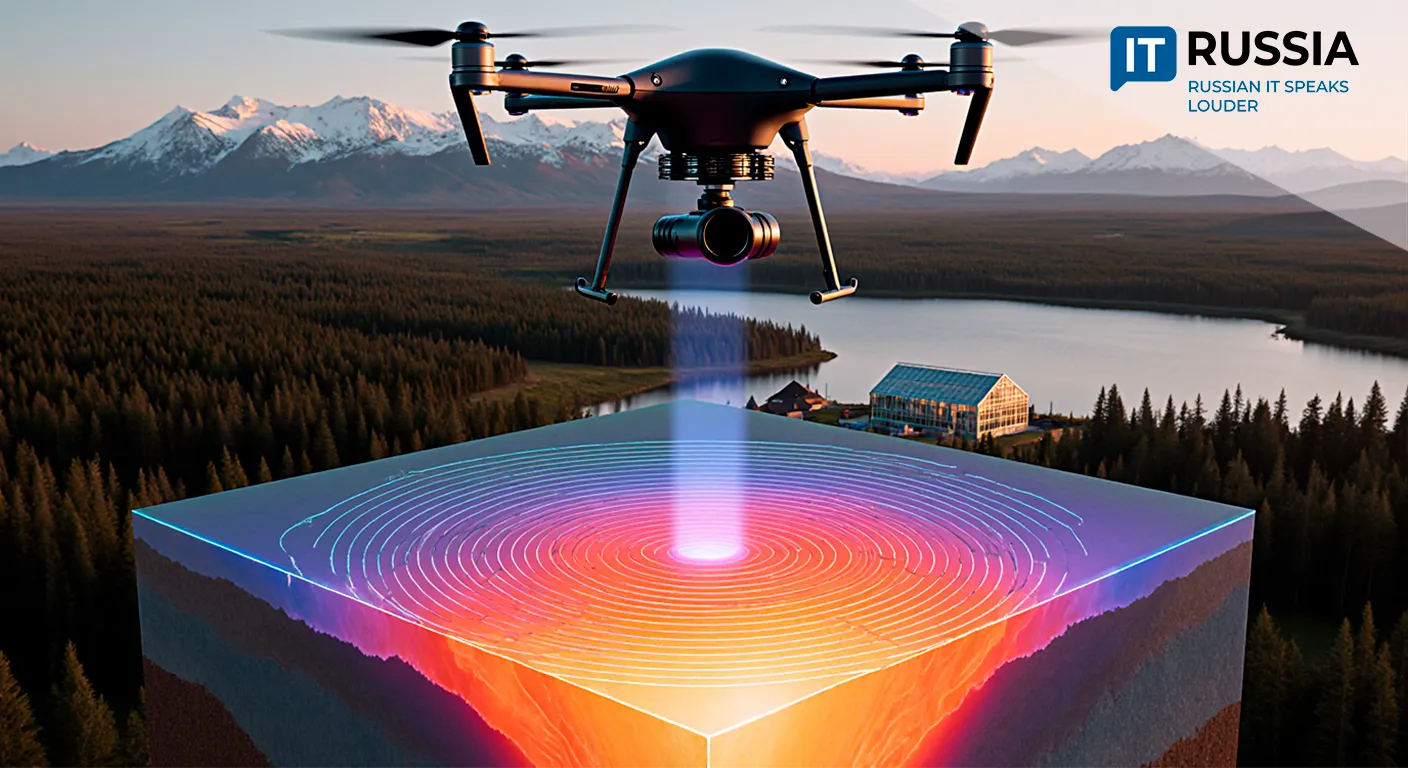
Quantum sensors, drones, and advanced IT are revolutionizing geothermal exploration in Russia, promising cleaner energy for remote regions and creating new export-ready technologies
Earth’s X-Ray
Scientists from the Institute of the Earth's Crust at the Siberian Branch of the Russian Academy of Sciences (Irkutsk) have patented a new method for detecting geothermal deposits.
The approach uses drones equipped with two specialized payloads: a quantum magnetometer-gradiometer and a thermal imager. The ultra-sensitive magnetometer, based on quantum effects, detects minute anomalies in the Earth’s magnetic field from flight altitude. The thermal imager registers even faint surface temperature changes—signs of heat escaping from underground. Dedicated software processes vast amounts of magnetic and thermal data in real time, producing a detailed 3D model of the Earth’s crust to depths of 400–600 meters—without drilling a single borehole.
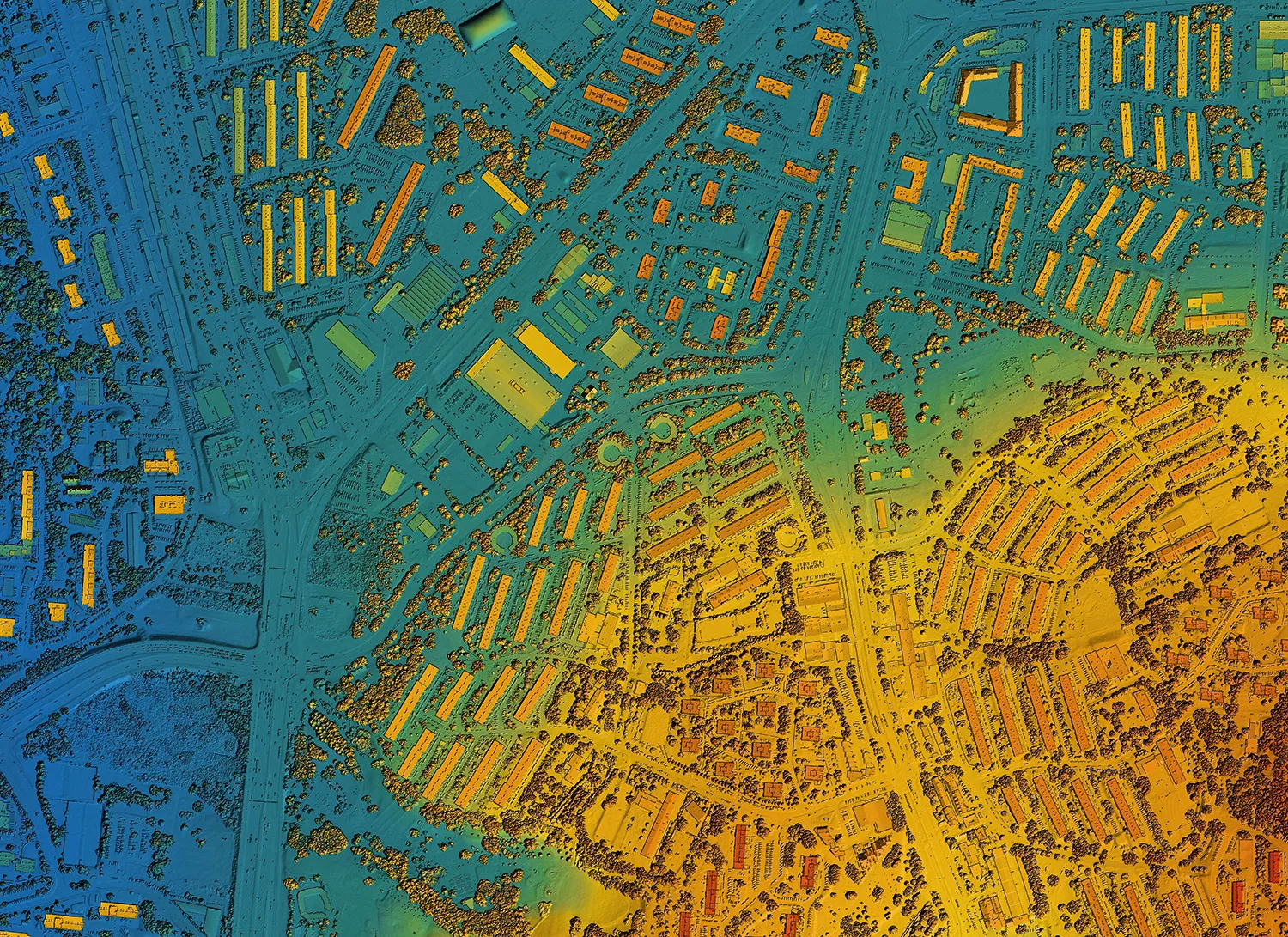
From Healing Springs to Clean Energy
In the Irkutsk region and Buryatia, more than 50 geothermal springs are known. While historically valued for their therapeutic properties, today they are viewed as potential clean energy sources.
Geothermal waters—subsurface waters with temperatures starting at 20°C—are classified as warm, hot, or very hot. At depths of 3–4 km, water boils; at 10–15 km, temperatures can reach 1000–1200°C.
This method significantly increases the chances of locating these resources. More than just hardware, it’s a sophisticated system integrating drones (IT), quantum sensors (advanced physics), and algorithms (software)—a high-level technological convergence that sets a new standard for the industry.
Imagine settlements far from gas pipelines heated by the “breath of the earth”: energy-efficient, eco-friendly, and reliable. Expanding geothermal power in remote, seismically active regions of Siberia and the Russian Far East could diversify the energy sector. Eliminating “dry” drilling could save tens of millions of rubles per project.
From Siberia, with Love—and Heat
While similar technologies exist in Iceland, the US, and Japan, the unique combination of quantum precision, drone platforms, and adapted algorithms makes this Russian development globally competitive—especially for cold-climate, rugged-terrain countries. Securing international patents will be key to expansion.
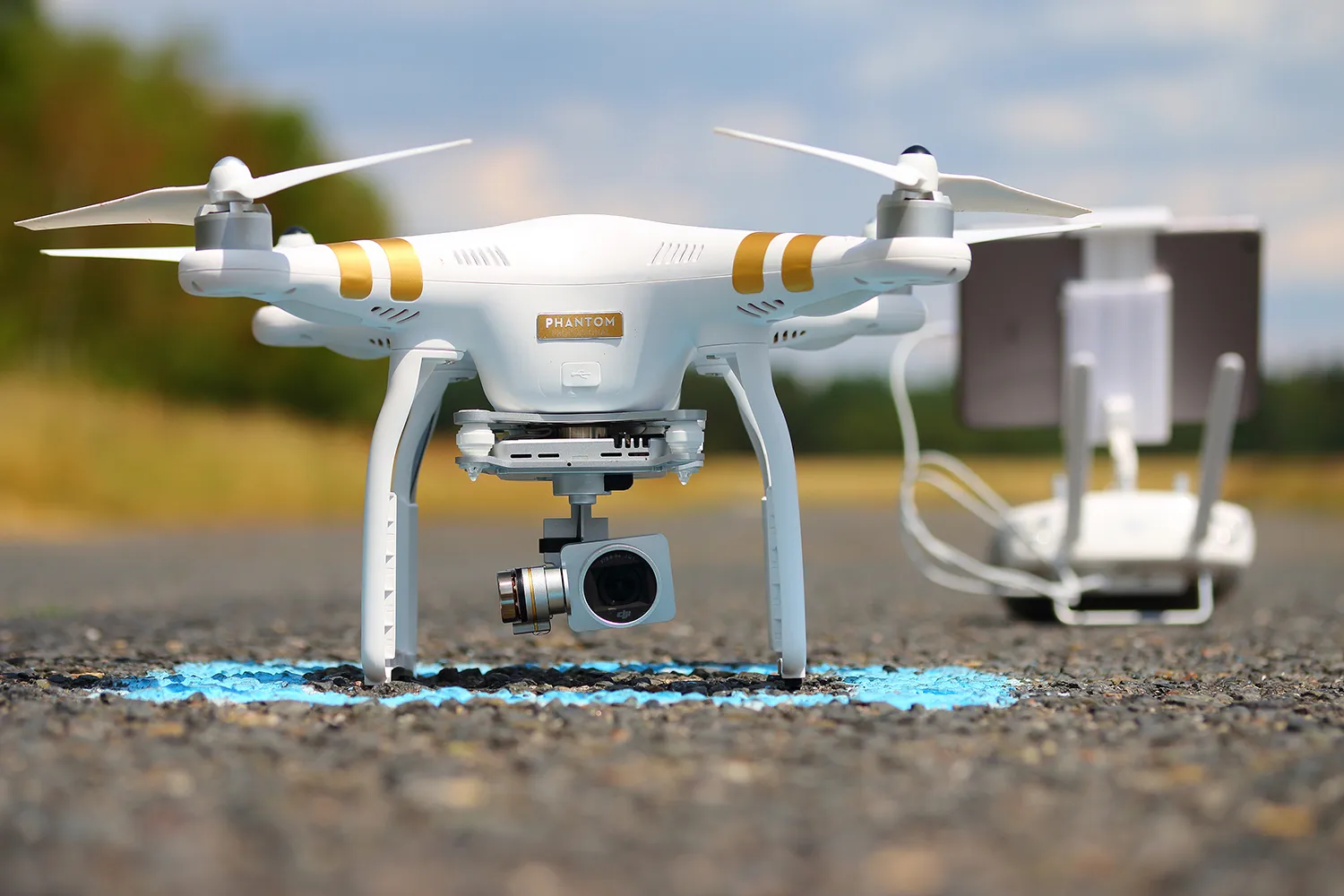
The potential is vast. This green technology could lead to geothermal-powered greenhouses, resorts, and broader contributions to environmental energy strategies.
Ancient Resources, Modern Tools
The timing for this project could not be better. Over the past five years, Russia’s geothermal sector has gained momentum. From 2018 to 2023, the government invested in the development of the Mutnovskaya and Pauzhetskaya geothermal power plants in Kamchatka.
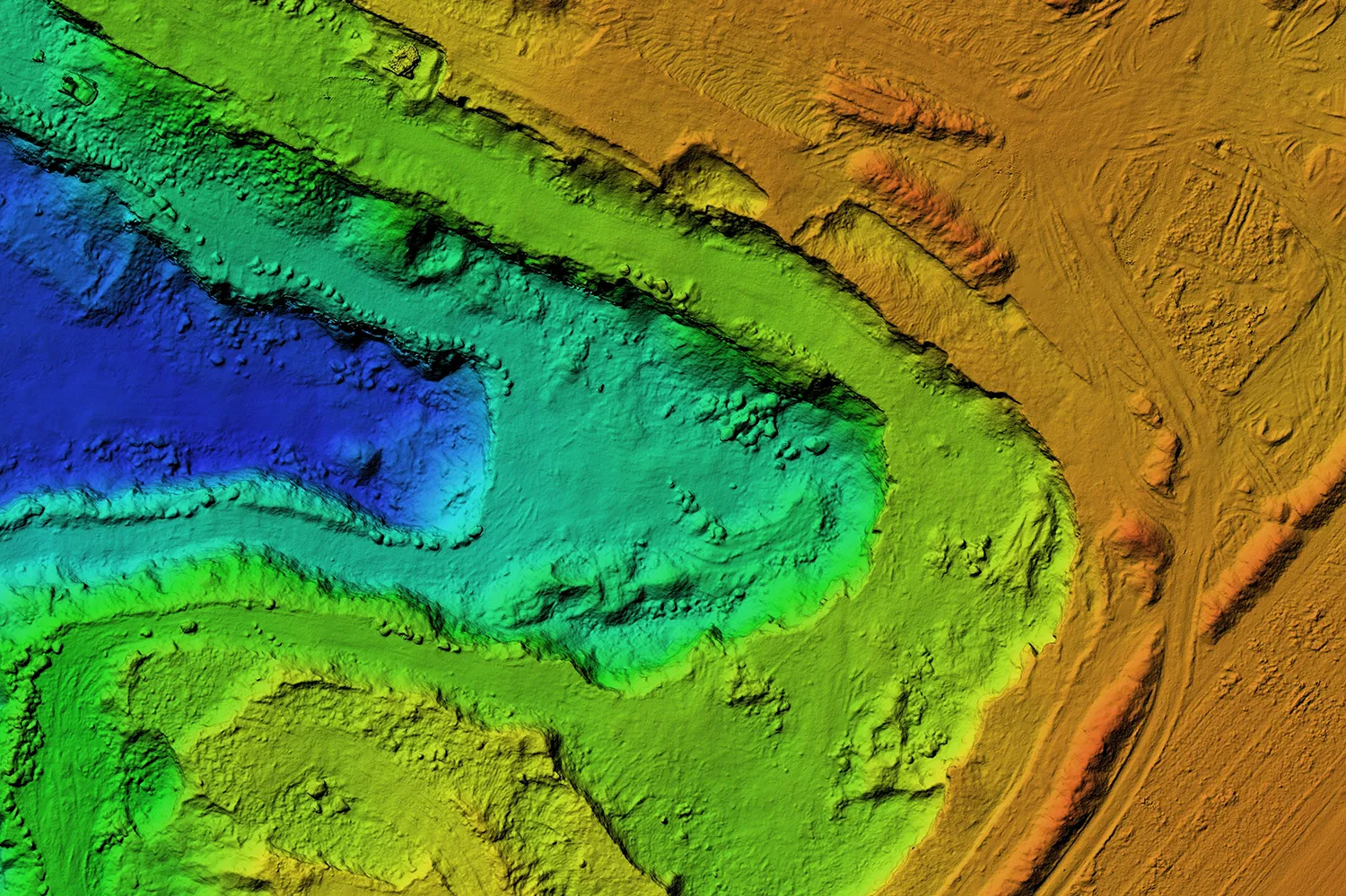
Drone-based geological surveys have become common in oil and gas exploration, but the addition of quantum sensors brings precision to a new dimension. Projects from Rosatom, Moscow State University, and others have demonstrated the effectiveness of quantum magnetometers in archaeology and geophysics, triggering a “quantum boom.” Now these advancements are entering industrial-scale application.
A New Market Niche
Pilot projects in the Irkutsk region and Buryatia will serve as proving grounds for the technology. In the future, government-backed programs could incorporate it into national science, ecology, and energy security strategies. With solid patent protection, “Made in Russia” geothermal solutions could become as exportable as the nation’s best IT products.

















